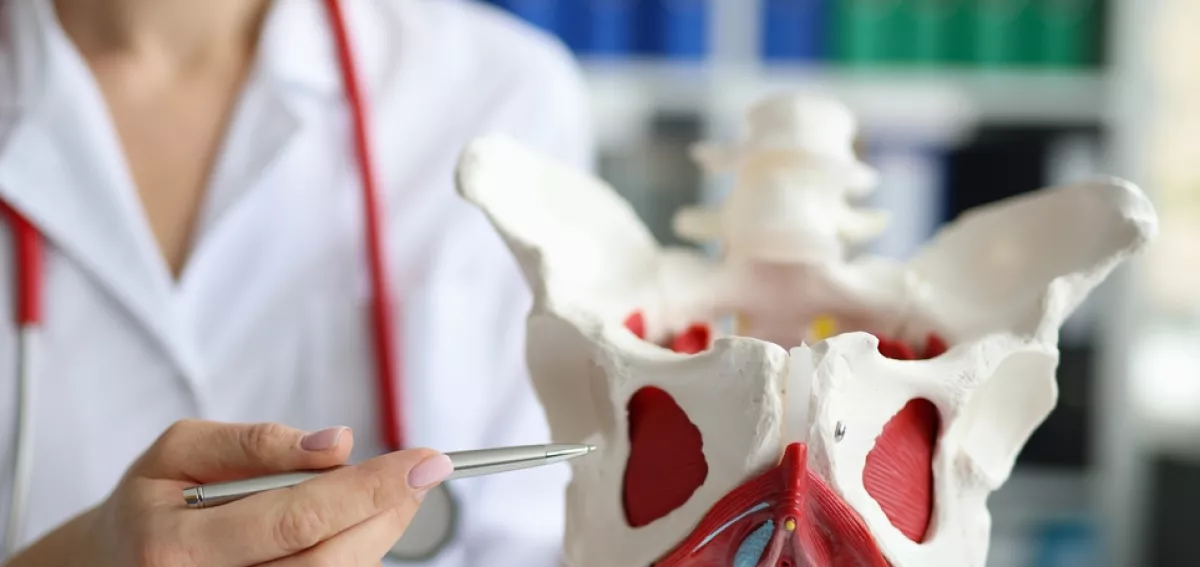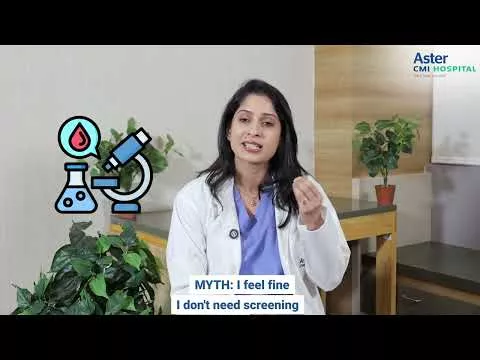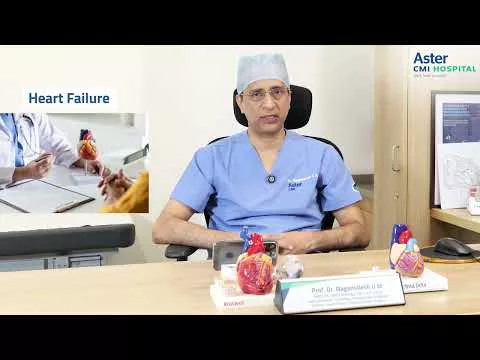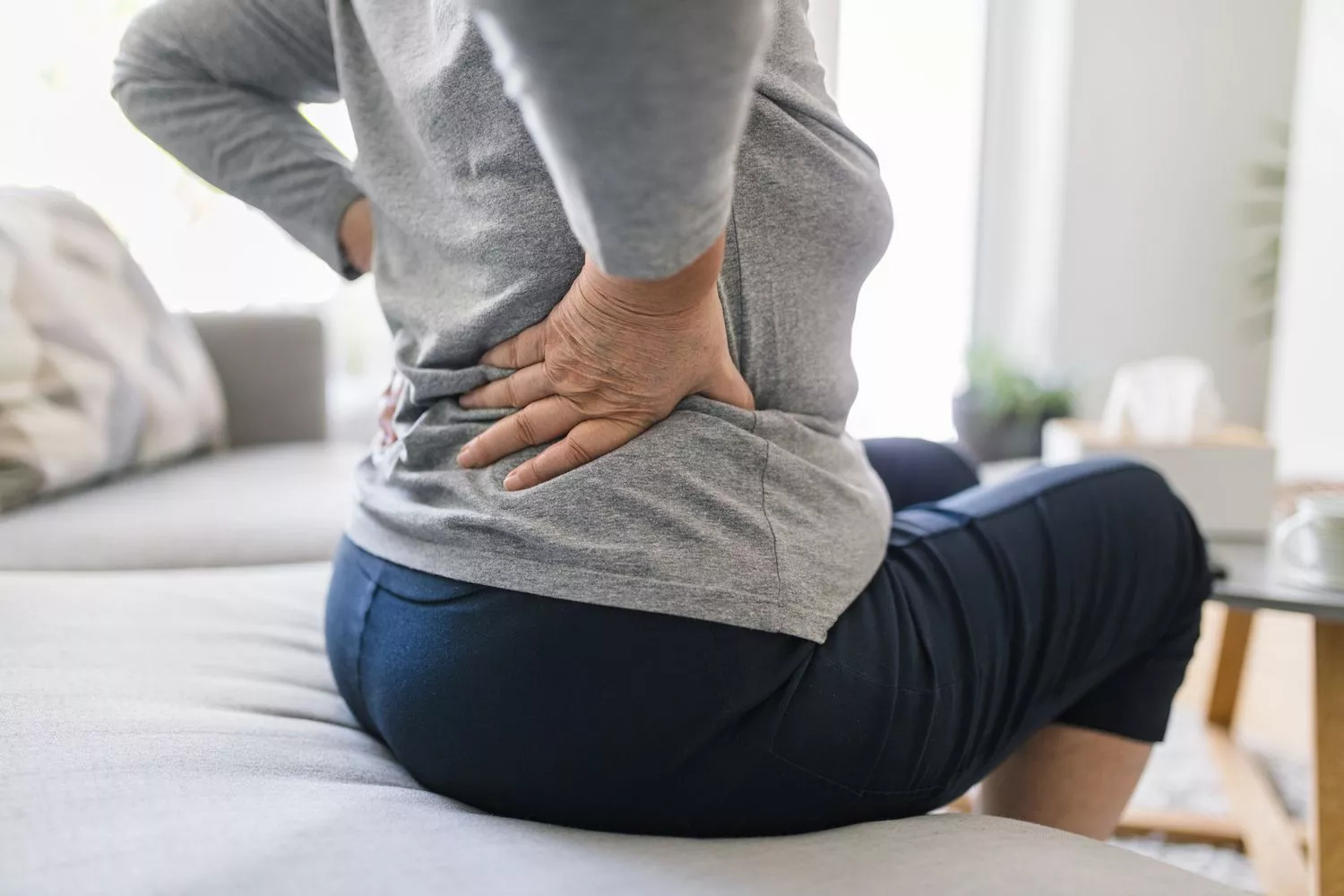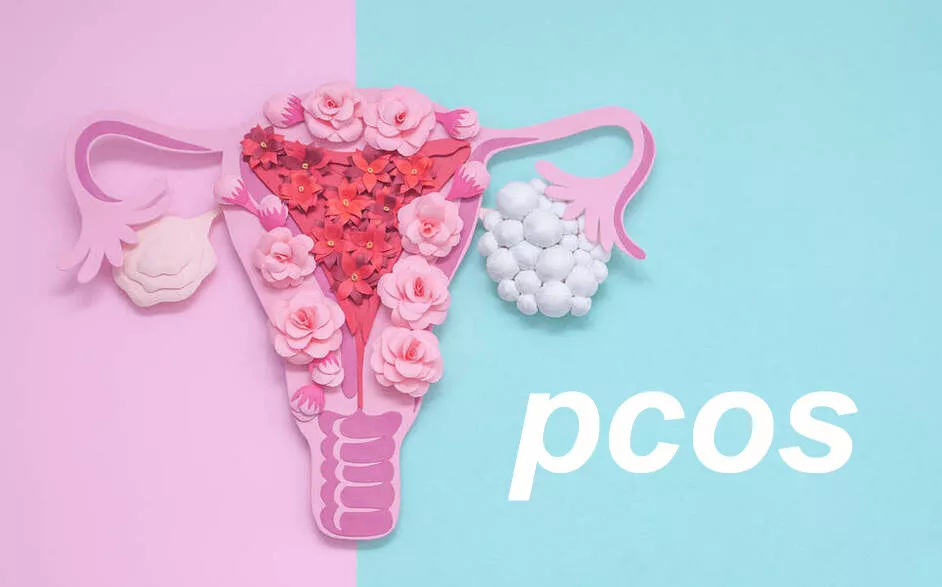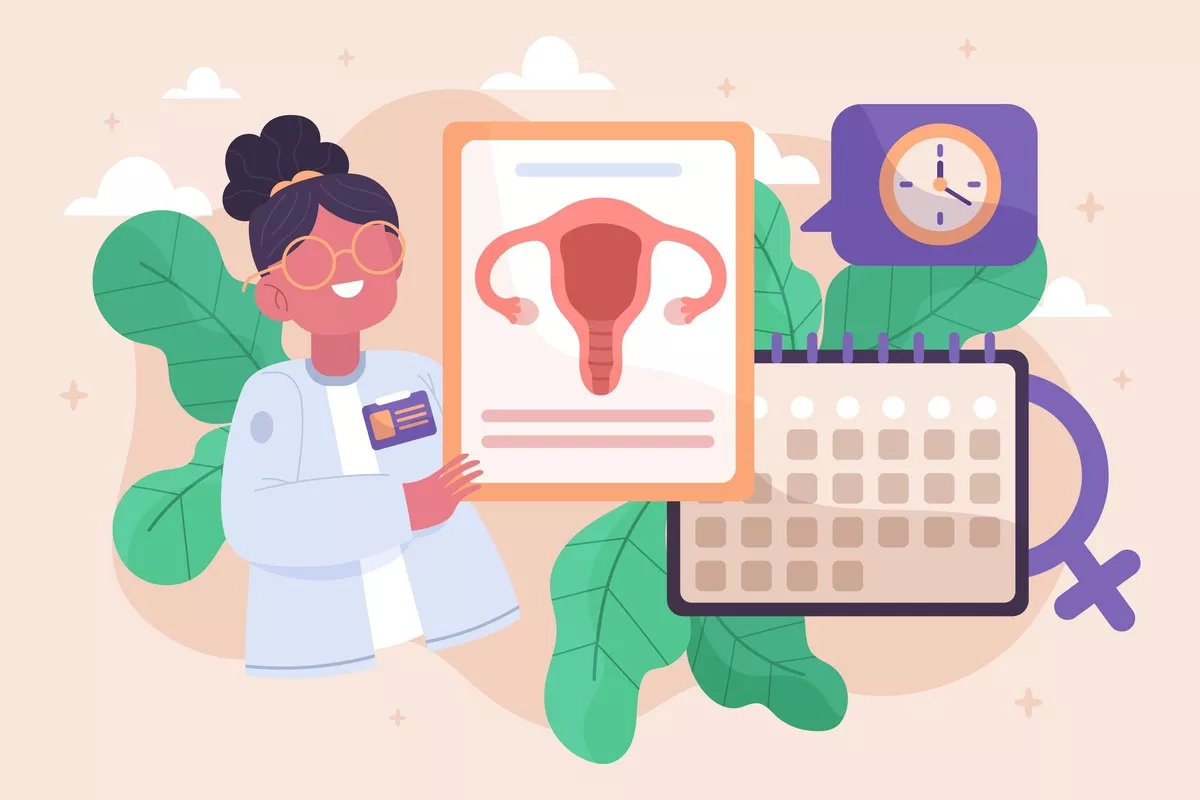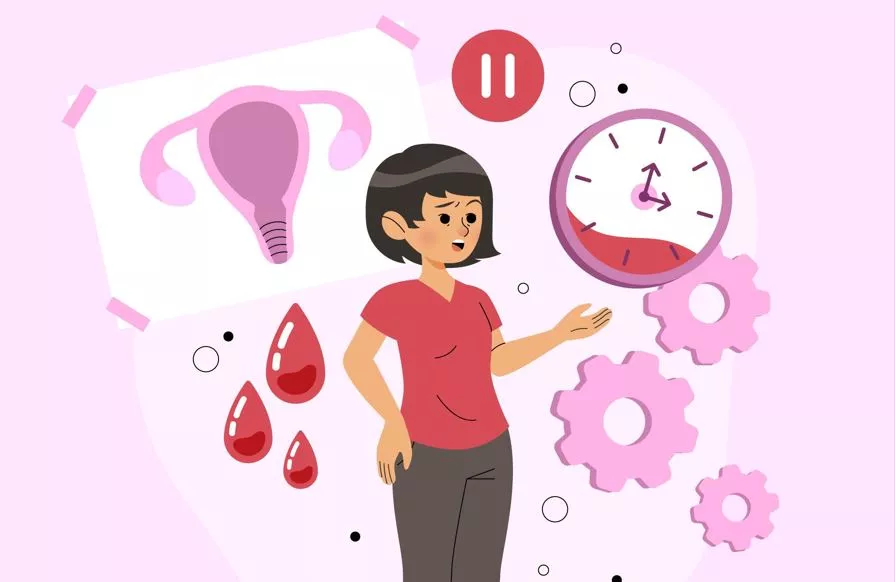Pelvic Organ Prolapse (POP) is a medical condition that occurs when the tissues and the muscles supporting the pelvic organs such as the bladder, uterus, vagina, cervix, urethra and rectum become weak and causes prolapse of pelvic organs from their usual position. The muscles support pelvic organs like a hammock and when a prolapse occurs, one of the pelvic organs will fall and get pushed out of the vagina. In later stages, a visible bulge may occur out of the vagina. This condition is usually seen in women after childbirth, menopause or after a hysterectomy. It is a non-serious issue that can be cured with timely treatment.
What are the causes, signs and symptoms?
According to the best gynaecologist in Bangalore, POP is usually caused because of the following factors -
- Ageing – Women above the age of 60 years usually suffer from POP as their muscles and tissues get weaker and are unable to hold the pelvic organs in place
- Vaginal birth –Women often get POP during labour, relaxation and contraction of pelvic muscles which increases their chances of getting a prolapse years after childbirth.
- Increased pressure on the abdomen –Intense coughing, obesity and straining during the bowel movement can increase pressure on the abdomen and can cause a prolapse.
- Family history
- Giving birth to a child weighing above 8.5 pounds
- Loss of estrogen during menopause can cause changes in hormones and can increase the risk of pelvic organ prolapse.
If you are experiencing discomfort during intercourse or a physical activity then it can be a symptom of POP.
The other usual symptoms include:
- The bulging structure is seen or felt in the vagina
- Discomfort or aching in pelvic
- Urine leakage or problems in bowel movement
- Discomfort during periods is usually felt while inserting tampons or placing napkins
- Pain or feeling intense pressure in the pelvis while coughing, walking, standing or sitting.
How many types of POP are there?
Based on the type of POP and the extent of how much it has prolapsed, the medical condition can be categorized into the following types -
- Urethrocele: Prolapse of the urethra
- Cystocele: This type refers to the prolapse that occurs when the patient’s bladder is pushed into the vagina
- Vaginal vault prolapse: Prolapse of the vagina
- Enterocele: Prolapse of the small bowel
- Rectocele: Prolapse of the rectum.
How is the condition diagnosed and what are the treatment options?
If you come across any of the above signs and symptoms then you must get yourself checked by a physician. Your doctor will perform the following tests to diagnose the condition-
Bladder function tests
- CT scan tests
- MRI and ultrasound of the pelvis
- Urinary tract X-ray (intravenous pyelography).
The treatment measures include two approaches – surgical and non-surgical methods:
- Non-surgical treatment options - These are recommended for patients who are suffering from mild forms of POP and include physical therapies like Kegel exercises that focus on strengthening the pelvic muscles of the patients. This is a preventive option that is used for early diagnosis of the condition. In case of any delay, you may require surgical options.
- Surgical options - Your doctor may recommend surgical options in case you are suffering from severe POP. Patients often require surgery to repair weakened or affected tissues or to completely remove a pelvic organ. Hysterectomy is an example of this treatment option where the uterus is surgically removed.
How can you prevent yourself from POP?
You can prevent pelvic organ prolapse by adopting healthy lifestyle practices and exercises which can strengthen your pelvic muscles. These include -
- Performing Kegel exercises daily
- Avoiding strain on back muscles and taking extra care while lifting weights
- Avoiding a sedentary lifestyle
- Quit smoking
- Avoid constipation as it can cause prolapse - This can be done by drinking plenty of fluids, consuming fruits and high-fiber foods like grains, beans and carrots etc.
- Losing weight and avoiding obesity reduce the pressure on the muscles.
